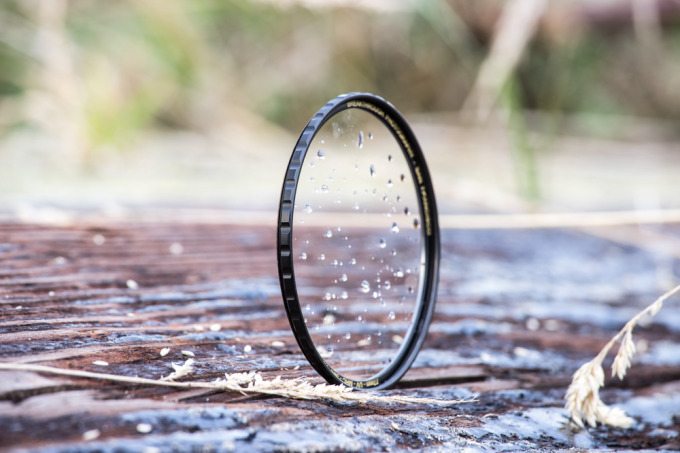Last Updated on 12/20/2014 by Chris Gampat
With the many advances in technology that have happened over the years, lenses have become better and better at reducing flare from sun and light overall. This has to do with how glass has become better and how the chemistry involved in the coatings has improved.
Many, many years ago back in the film days, photographers needed to use UV filters with their lenses. One of the biggest reasons for this had to do with glare from the sun and extraneous light that caused flaring that didn’t look so great. Indeed though, lens flare can sometimes look great but it is very situational.
Then the digital photography revolution happened, and the UV filters started to degrade the image quality that you’d see. The reason for this had to do with the glass involved.
So lens manufacturers started to incorporate glass into their lenses that cut down on flaring. But only a couple of years afterward, the filter manufacturers started to create filters with much better glass. The prices varied with B&W being the most expensive. Granted, you get what you pay for with a B&W filter due to the brass ring that won’t get stuck on any lens you mount it to.
And with lenses now just so good at cutting down flare, how has the UV filter been affected?
UV filters are still sold everywhere and they still find ways to cut down even more flare. The improvements to the glass have also been made and any sort of image quality difference is negligible–especially with how good post-production software has become. But what many folks don’t understand is that the UV filter still provides a very strong protective covering for the front element of your lens.
Work in a rough environment? Out in the mountains? Or the desert? Or are you a busy photojournalist where your gear gets tumbled around?
Or are you just a klutz?
The UV filter protects the front of your lens in the way that some lens hoods can’t. While a lens hood provides extra contrast and cuts down glare, it can’t necessarily stop full on contact with your lens. A few years back, I had my camera in a bag when the bag fell. I had a lens in the camera bag, too, and what I found later is that the filter took the brunt of the hit and completely shattered–protecting the front element of the lens and the lens itself. As a kid right out of college, the cost of replacing the lens would have been much greater than replacing the UV filter.
So where does that leave the UV filter? If you’re a new photographer who isn’t the most careful with gear, get a UV filter. Additionally, pros often need filters for protection depending on the situations that they’re in on a daily basis.
A true fact is that many of you reading this blog also probably don’t have insurance on your gear. You should, and one way to have extra insurance on your lenses is to have a UV filter if you need it.


